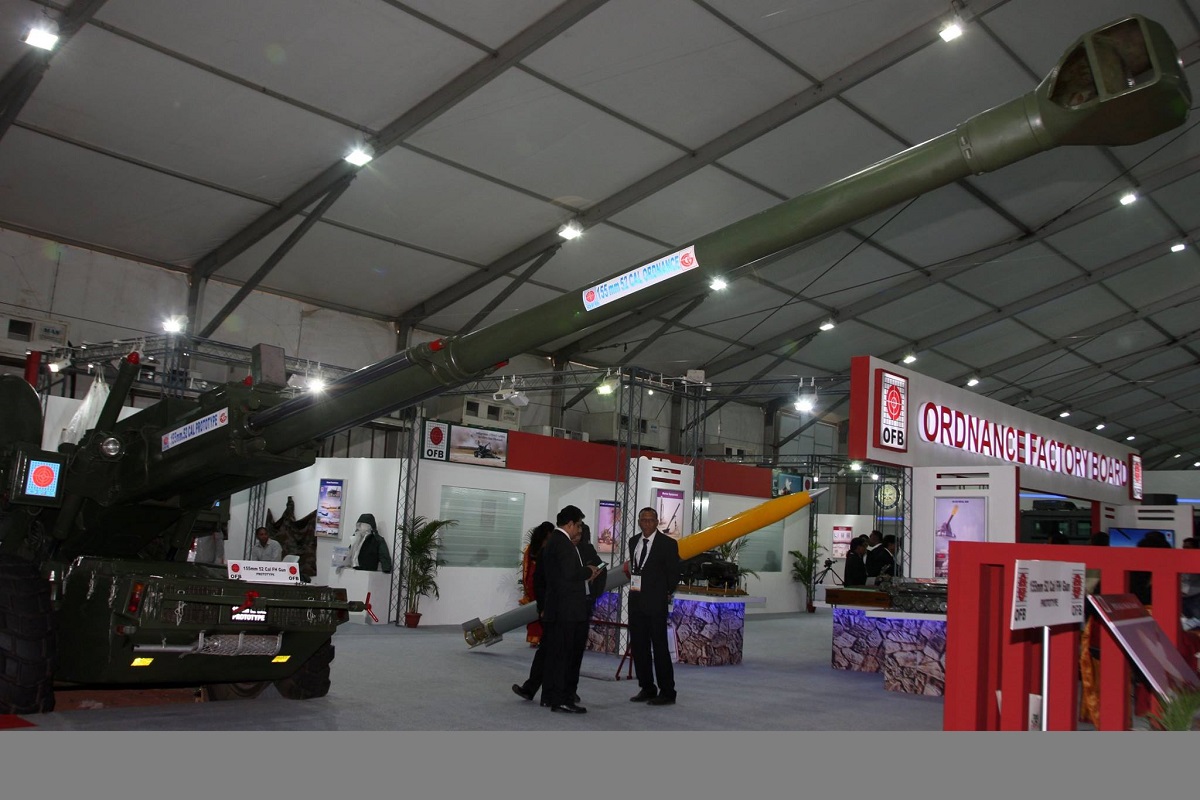Although it plays a critical role in the national security effort, the Ordnance Factory Board and its 40-odd production units have seldom been accorded due priority by the Defence Ministry ~ except when things go wrong.
That is because they churn out bread-and-butter military equipment that does not lend itself to the publicity upon which ministers thrive ~ launching a new warship, or a joyride in a combat jet is so much more “sexy” than opening a new production facility for ammunition, which actually delivers the killerpunch.
Advertisement
Even the much-touted “make in India” seems to have bypassed a vital aspect of the defence effort, the indigenous production of ammunition. Now things seem to have gone terribly wrong: the Army has red-flagged a variety of ammunition, cut back on some aspects of training because faulty ammunition caused guns to “blow up” and endanger the men firing them.
That the suspect-list ranges from ammunition for the decades-old anti-aircraft L-70s to the latest Ultralight Howitzers recently acquired from the US to the main weapon for the T-72, T-90 and Arjun tanks paints a dismal picture. Quality apart, slippages in production schedules have meant that operational planning has had to be compromised. The Ordnance Factory Board will no doubt insist that media reports are exaggerated, strict quality assurance standards are maintained, and that poor storage causes a deterioration of quality ~ but that continuous blame-game has to stop somewhere.
Although on paper a scheme has been drawn up to inject competition into ammunition production by opening up some areas to private industry it has yet to really take off (the OFB has strong workers’ unions), resulting in avoidable high levels of imports. Could it be that there is need to hark back to the days when “defence production” had a dedicated minister?
The overly-bureaucratic administration of today lacks the dynamism needed to ensure a requisite degree of self-reliance ~ to opt for modern equipment without the means to service it confirms suspicions that the government ~ Nirmala Sitharaman included ~ is more concerned with “style” rather than “substance”. For all its bellicosity, will the government assure the troops that they will have the munitions to fight a full-blown war? And the “buzz” is that even now punitive fire-assaults across the LOC in Kashmir have had to be restricted.
Without getting bogged down in a minefield speculating over who will head the defence ministry in the next government, it would be prudent to suggest that there is urgent need for a minister who appreciates the need for sincere and sustained efforts to keep the military machine well-oiled, not be so “political” as to assume that rhetoric will scare potential adversaries into submission. Winning a war requires more than what it takes to win an election.











